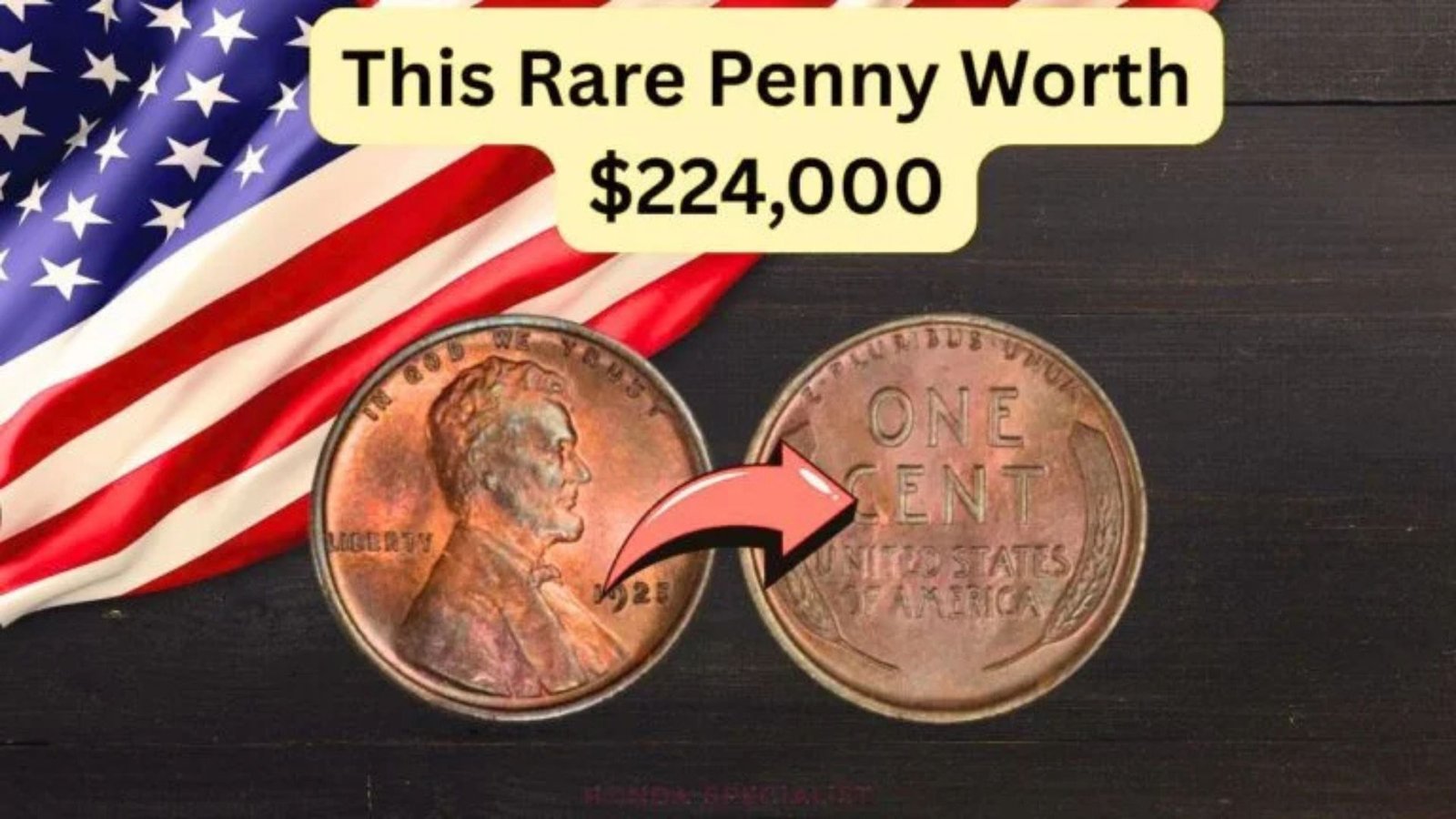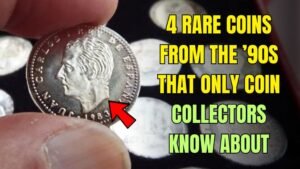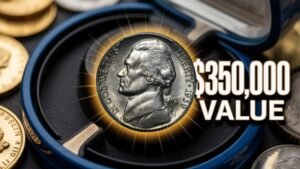Have you ever dreamed of stumbling upon a hidden treasure while sorting through your spare change? In the world of coin collecting, such stories aren’t just fairy tales—they’re real. Imagine pulling a rare Lincoln Wheat Penny from your pocket, only to learn it’s valued at over $200,000. That’s exactly what happened to one lucky collector recently. In this guide, we’ll dive into the magic behind this rare Lincoln Wheat Penny, why it’s so valuable, and how you can spot one in your own loose change. Whether you’re a newbie collector or just curious, keep reading to uncover the secrets of these tiny time capsules of history.
What Makes the Lincoln Wheat Penny a Collector’s Dream?
The Lincoln Wheat Penny, first minted in 1909, is one of America’s most beloved coins. Designed by Victor David Brenner, it features President Abraham Lincoln’s profile on the front and two wheat stalks on the back—hence the “Wheat” nickname. These pennies were everyday money for decades, but not all are created equal. Rarity, condition, and mint marks turn ordinary cents into fortunes.
Why do collectors go wild for them? Simple: they’re pieces of history wrapped in copper. Minted until 1958, billions were produced, but errors, low mintages, and pristine examples skyrocket their worth. A beat-up one might fetch just a few bucks, but a gem? It could change your life.
The Story Behind the $224K Discovery
Picture this: A hobbyist in the Midwest, rummaging through a jar of old coins from grandma’s estate, spots a shiny 1914 penny. At first glance, it’s nothing special—just another Wheat cent. But flip it over, and there’s the telltale “D” mint mark under the date, signaling it came from the Denver Mint. This isn’t your average penny; it’s one of only about 1.2 million ever made in 1914-D.
Experts at a major auction house authenticated it in near-perfect condition—graded MS-66 by the Professional Coin Grading Service (PCGS). No scratches, no wear, just pure, untouched brilliance from over a century ago. Bidding wars erupted, and it sold for a staggering $224,000 to a private collector. Talk about striking gold (or copper)!
This find proves that rare Lincoln Wheat Pennies are still out there, circulating quietly among us. But with rising prices—up 15% in the last year alone—time is of the essence for hunters.
Why Is the 1914-D So Valuable? Breaking Down the Rarity
Not all Wheat Pennies are winners, but the 1914-D stands out for good reasons. Low production numbers during World War I-era disruptions meant fewer survived. Plus, many were spent into oblivion, melted down, or lost. Here’s what amps up its value:
- Mintage Madness: Only 1,193,000 struck—tiny compared to Philadelphia’s millions.
- Condition Kings: High-grade survivors are ultra-rare; most are worn from circulation.
- Historical Hook: Ties to Lincoln’s legacy and early 20th-century America add emotional pull.
For comparison, check out this quick table of top rare Lincoln Wheat Penny values (based on recent auctions, in USD for MS-65+ condition):
| Year & Mint Mark | Mintage | Recent Sale Price | Why It’s Hot |
|---|---|---|---|
| 1914-D | 1.2M | $224,000 | Ultra-low supply, pristine examples vanish fast |
| 1909-S VDB | 484K | $150,000+ | Designer’s initials scandal made it legendary |
| 1922 Plain | ~500K | $10,000–$50,000 | Mint error (no “D” mark) fools the eye |
| 1955 Doubled Die | N/A | $20,000–$100,000 | Dramatic doubling on letters—easy to spot |
| 1943 Bronze | ~20 | $1M+ | Wrong metal during WWII; holy grail status |
This table shows the 1914-D isn’t alone in the big leagues, but its combo of scarcity and beauty keeps it at the top.
How to Hunt for Your Own Rare Lincoln Wheat Penny
Ready to play treasure hunter? You don’t need a metal detector—just sharp eyes and patience. Rare Lincoln Wheat Pennies hide in bank rolls, estate sales, or even your couch cushions. Follow these easy steps:
Step-by-Step Spotting Guide
- Check the Date: Look for pre-1959 Wheat designs. Focus on 1909–1920s issues.
- Hunt Mint Marks: Tiny letters (S for San Francisco, D for Denver) under the date mean rarity jackpot.
- Feel the Condition: No major scratches? Vibrant red copper? That’s premium stuff.
- Avoid Fakes: Counterfeits lurk—get it graded by PCGS or NGC for peace of mind.
- Where to Start: Swap bills at your bank for penny rolls ($50 gets you 5,000 chances). Or join online forums like CoinTalk for tips.
Pro Tip: Start small. Even common Wheats sell for $1–$5, building your collection without breaking the bank.
The Bigger Picture: Why Collect Now?
In a world of digital dollars, holding a rare Lincoln Wheat Penny feels like owning a slice of the past. Values are climbing due to inflation-beating demand—collectors see them as smart investments. The 1914-D’s sale isn’t a fluke; similar coins have doubled in value since 2020. But act fast: As more get tucked away in slabs, circulation finds dwindle.
Whether you’re in it for the thrill or the potential payday, remember: Every penny tells a story. That dusty coin in your drawer could be your ticket to riches. So, grab a magnifying glass, hit the banks, and who knows? Your rare Lincoln Wheat Penny might be the next $224K sensation.




